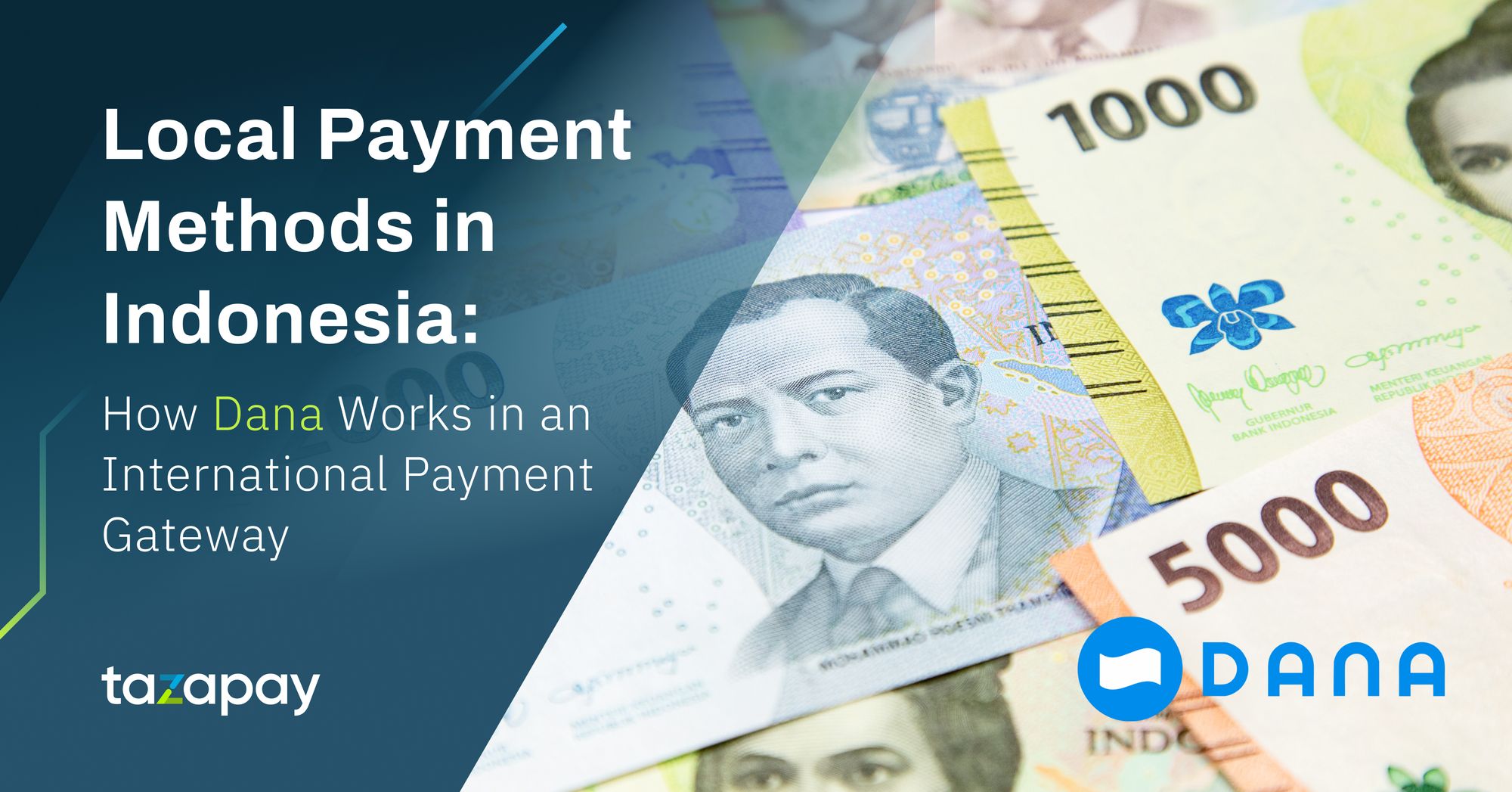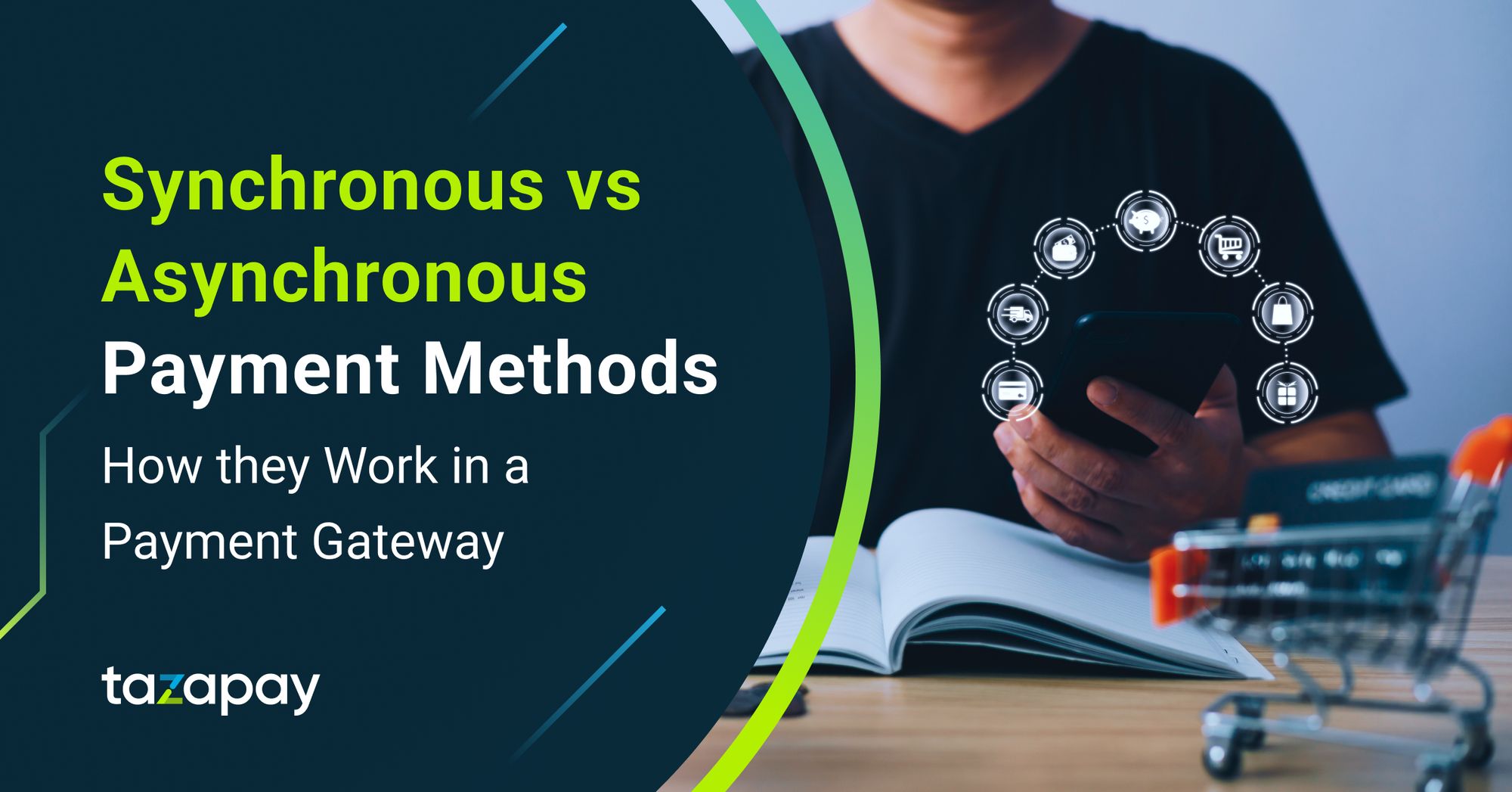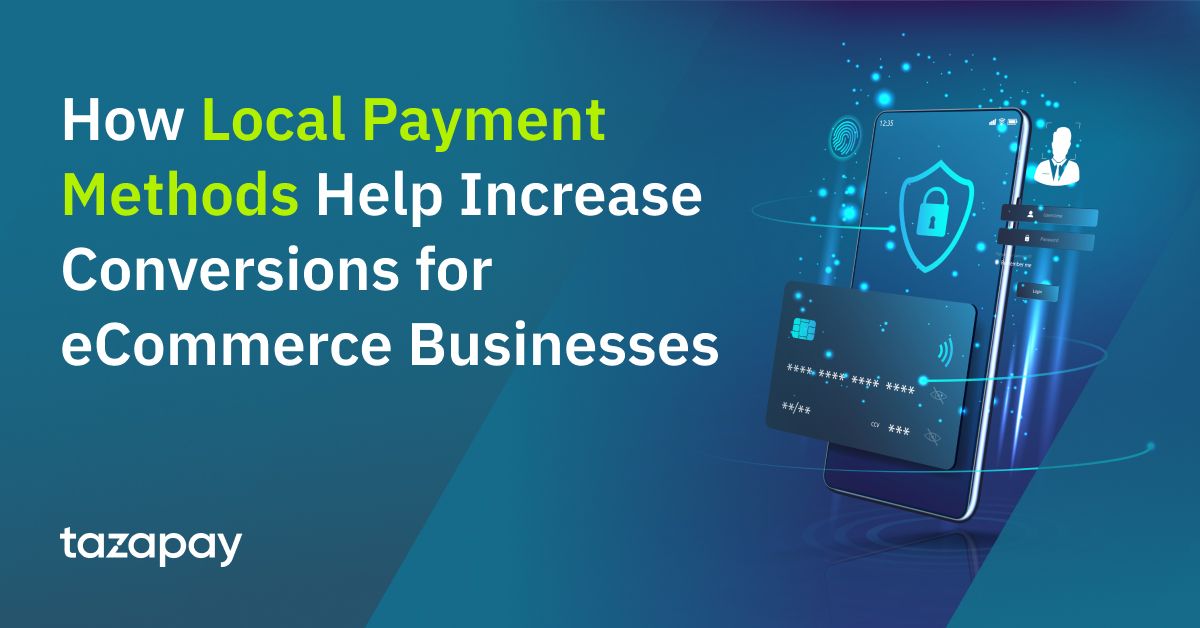- Home
Blog Blog
Payments Resources Payments Resources
Local Payment Methods in Indonesia: How Dana Works in an International Payment Gateway
Local Payment Methods in Indonesia: How Dana Works in an International Payment Gateway

The eCommerce scene in Indonesia is a lucrative and burgeoning market, evident with its current placement as the 10th largest eCommerce market in the world with a revenue of USD 52.9301 B this year, putting Italy in 9th place¹. The market is certainly a healthy one with a CAGR of 10.4% and has contributed 17% to the global eCommerce market growth rate¹.
This makes Indonesia a prime choice market for any prospecting eCommerce business looking to venture into the international marketspace, especially with the highly competitive market they currently have². Therefore, what better way to localise in such an environment than with one of the most popular local payment methods they have today? Let’s take a look at Dana, and how it functions in an international payment gateway.
What Is Dana?
Dana is a digital wallet, or e-wallet, service that is popular in Indonesia and has been working together with Bank Indonesia to help advance the country’s aims of both integrating technology into their financial services, and building up the country’s digital economy³.
As a digital wallet, it allows users to make payments with either their saved cards, e-wallet funds, or dynamic QR codes.³
User Trends in Dana
Indonesia’s digitalisation efforts have been successful thus far, based on the drastic increase in the country’s internet penetration rate from 69.8% in 2020 to 75.47% in 2022². This is evidently reflected in both the aforementioned high competitiveness in Indonesia’s eCommerce market, but also in Dana’s own rapid climb in popularity, reporting a jump from 93 million users in 2021 to over 135 million users in 2022–a 145% increase⁴.
However, due to the country’s vast landmass and numerous scattered islands, low banking and internet penetration remains an issue in those remote regions as difficulty in building the infrastructure to support digital payments is still high².
Benefits and Drawbacks of Using Dana for Online Payment Gateways
No payment gateway is perfect, and each has their own sets of benefits and drawbacks. Here are Dana’s pros and cons:
Benefits
- Convenient: So long as a user has a smartphone and an internet connection, they can make transactions just about anywhere. Users can also use Dana to pay their bills, send money, and withdraw money.
- Safe and Secure: Dana boasts the latest in payments security to ensure that their transactions are as risk-free as possible.
- Simple and Easy: Making payments with Dana requires no further steps than scanning the digital wallet’s generated QR code.
Drawbacks
- Internet Reliance: Dana’s inherent nature being a digital wallet also means that it is largely inaccessible to the more remote regions of the country that have yet to receive the proper infrastructure needed to have stable internet connectivity.
How Dana Works in an International Payment Gateway
At the time of writing, Dana has yet to expand beyond Indonesia so any cross-border transactions involving it must use a third-party payment provider to act as the international payment provider. To do this, a user would need to use one such payment provider that offers Dana as a payment option upon checkout. From there, proceed to conduct the transaction as one normally would in a local transaction with Dana. Once the payment is made, the funds will be transferred from the third-party payment provider’s ID account to one of its international accounts before being disbursed to the foreign seller.
What are the Fees Required in Using Dana?
Presently, Dana provides each user with an allowance of 10 free withdrawals, charging an administration fee of IDR 4,500 per withdrawal after that³. Dana also charges administration fees of IDR 1,500 per top up, IDR 7,500 per train ticket purchased via the Dana app, and IDR 2,500 per bill payment³.
However, since Dana has yet to expand beyond local borders, any fees charged for cross-border transactions will be the usual costs that come with using third-party payment providers, such as setup fees, and FX costs.
Now that you know more about Dana, you can now think about localising into Indonesia with more confidence. However, it wouldn’t hurt for you to consider taking a look into robust payment gateways that offer a slew of localisation options like Omoney to help increase your odds of success.
Sources
Category

Payments Resources
Local Payment Methods in Indonesia: How Dana Works in an International Payment Gateway
Related Articles

Local Payment Methods in Indonesia: How Dana Works in an International Payment Gateway







